Inventory
Nvidia has taken a lot of time to introduce a whole family of graphics cards with features that are not (currently) widely available, while still taking potential prospects and customers on an exciting adventure journey, which could well end in the discovery of new, unknown worlds.
Nvidia also likes to share its own entrepreneurial risk with the buyers, who are usually asked to pay for the new thrill. Nvidia sees itself quite right, because one has already paid quite lavishly for the whole driven effort over years. So now payday is for all who want to follow Nvidia's plans and goals.
But there is the certain Gallic village with skeptical gamers who compare the GeForce RTX 2080 and RTX 2080 Ti with the GeForce 1080 Ti. And that is the current status in the currently distributed games and see this also in relation to the price. And then the chief also asks the very special generational question: "Should today's players really pay for the technology of tomorrow?" But it is worth it to evaluate both graphics cards separately, yes, it even really forces itself.
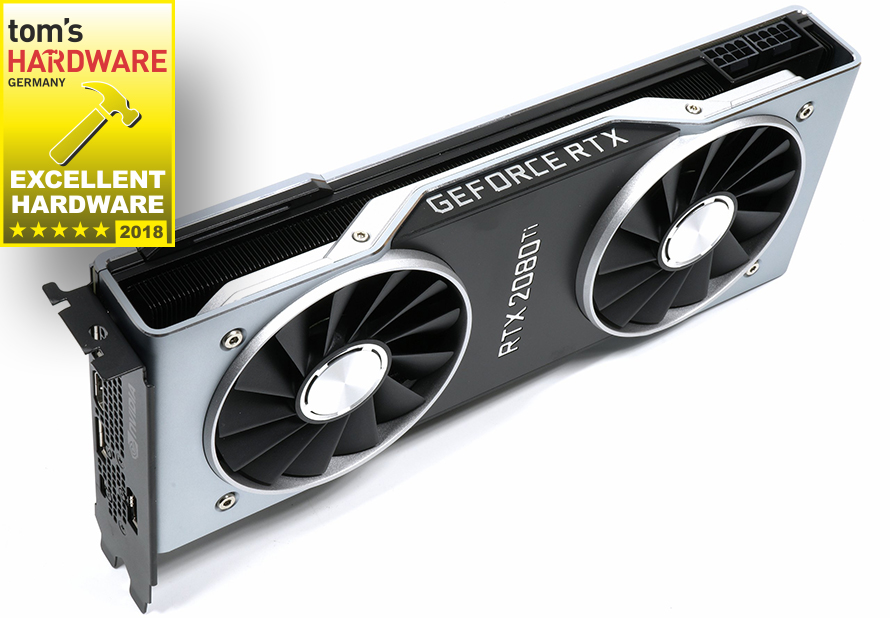
Performance crown honestly deserved: GeForce RTX 2080 Ti
That's why I start with the GeForce RTX 2080 Ti, which I also pay the highest respect for in terms of performance data and feature set. Why this is so is quickly explained, because even in today's games this card is a real "breaker". You don't even have to get 30% or 50% extra power without using the new features to make the difference in Ultra HD resolution between "playable, but…" and "really playable". Sometimes even 10 FPS more is enough to safely exceed the magic 60 Hz limit.
That is exactly the step we have been waiting for for so long. In addition, this card almost always manages to surpass a Titan V and thus make it completely obsolete. And please don't come with the price now, because the Titan V was what could have been criticized: a sinfully expensive toy for the over-clothed pixel pusher kiddies.
You can turn and turn the price as you like, it's the fastest card that finally offers clean playing in 4K and at least 60Hz, because the mouse doesn't bite a thread. If you need exactly THAT, you have no alternative and the very last bit of extra power costs above average in all industries.
In addition, of course, there are raytracing, DLSS and a lot of other features that, i agree with many skeptics, have to prove themselves in practice. For me, the question is not whether, but rather when. Everyone will admit that there is a great deal of potential here if they are objective and honest. But there are also dangers lurking, right down to a monopoly that no one wants.
You don't have to question the fact that Nvidia is aware of this. Whoever can, can. And as long as there are no demanding competitors, that will remain the case. Whether it suits you personally or not. And that's why the price is fine, even if it's a little too much of a good thing for me personally. But I don't count.
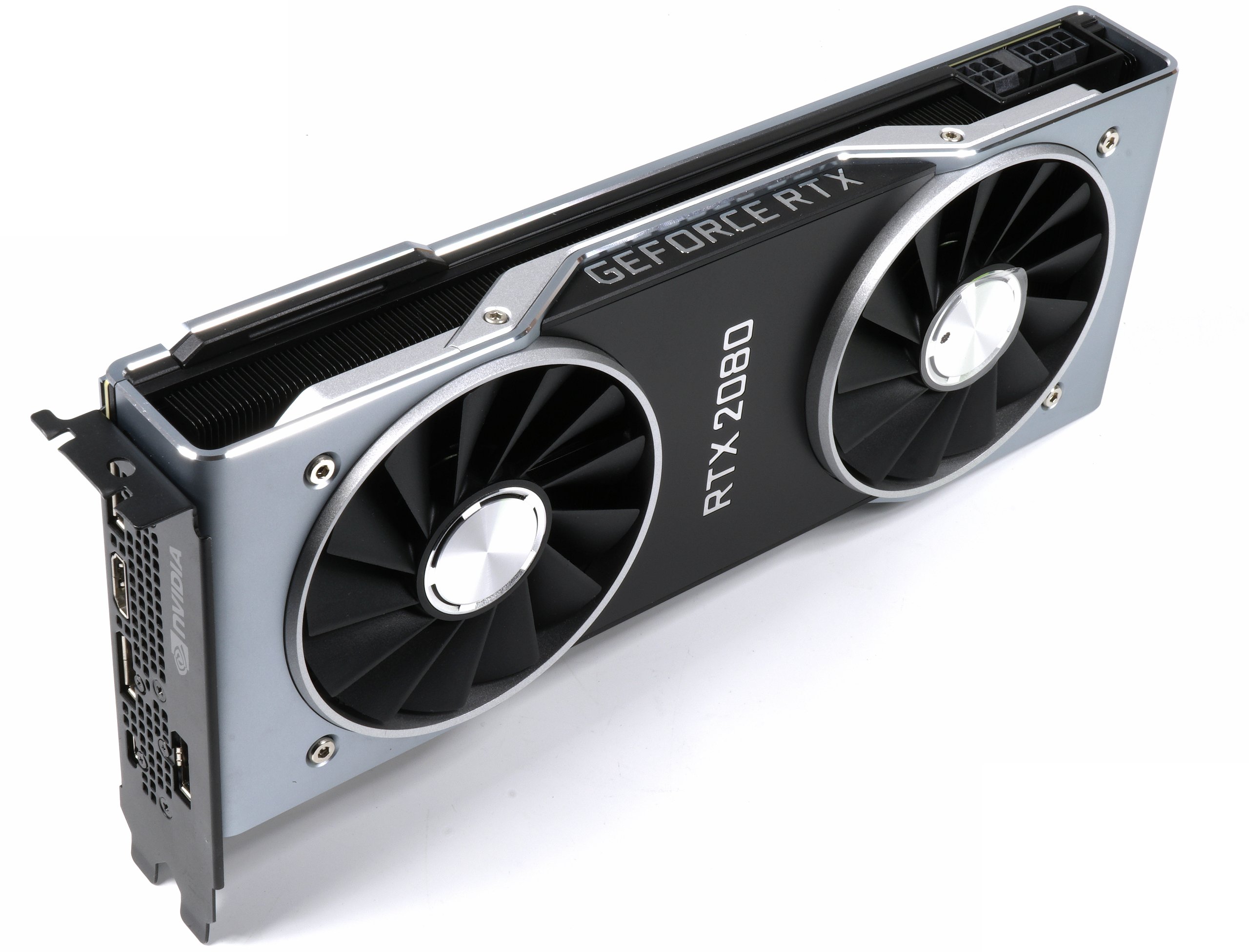
Upgrade or Sidegrade? GeForce RTX 2080
The GeForce RTX 2080 is positioned a little differently in the argumentation chain, because it lacks a little of the gloss of the real top model. Considering the performance of conventional rasterizing, it is still faster than the superseded GeForce GTX 1080 Ti, but often not so significant enough to be considered a real upgrade.
The comparison to the GeForce GTX 1080 would be rather appropriate again, but unfortunately not over the price. And there you can turn it as you like, the GeForce RTX 2080 has to compete against the GeForce GTX 1080 Ti. However, this can only be done through the many new features and only if the unaviaked buyer also firmly believes in them.
Thus, the GeForce RTX 2080 fits especially if you want to replace significantly older and therefore also weaker cards, but not to convert from the Pascal generation from a GeForce GTX 1080 and upwards. It would not be forbidden, but it does not make economic sense. Where – what else does gaming graphics make sense?
It is not a bad card, on the contrary. But for my taste, it is a little too much in the shadow of the big, almost overpowering sister. And from behind there are neck blows of the still well-maintained GeForce GTX 1080 Ti. I am sure that this card will also find its buyers, even if the Early Adaptor pays the price as always.
Cumulative Results – Overall Overview
We have summarized the results of the "normal" benchmarks to illustrate the comparison with the current status. Of course, all new features are not yet priced in, because there is (still) a lack of real games. The respective galleries contain the cumulative FPS, the whole once again as a percentage compared to a GeForce GTX 1080 Ti as a 100% mark and the Euro per FPS. Let's start with the slightly lower WQHD resolution:
In Ultra-HD, as expected, things look a little better for the new maps:
The Founders Edition has grown up
The processing of both cards is absolutely flawless and the dual-slot cooler operates at the physical limits of what is possible. There's hardly any more to it. In addition, there are excellent gap dimensions and a high-quality material selection. The glued-on cover to keep the overly curious away from the last screws, however, was probably looked at at Apple. Well, gifted.
The power supply on the boards can hardly be better. The real 8 phases of the GeForce RTX 2080 are conservative and sufficient, the division of the 8 phases in the RTX 2080 Ti into a total of 13 control circuits with five double ports and three simply connected to the motherboard slot is not only creative, but really smart.
In addition, there is the selection of components, which ranges from good Smart Power Stages, to the latest generation PWM controller, to usable coils, which could have been loaded much worse. Especially since the entire power supply is less nervous and also produces fewer spikes. Overall, both cards are "purely technically speaking, so very well implemented. There's a lot of worse and definitely nothing to complain about.
Where do we go from here?
Looking to the future, Microsoft's Windows update will be released on 10 May. October 2018, which will finally include DirectX-Raytracing and Windows ML, will create a foundation for real-time ray tracing and AI. That is a fact that gives us hope. A month later, Battlefield V is expected to finally be released with hybrid rendering support. A patch will also raytracing Shadow of the Tomb Raider, but unfortunately there has been no way to know when exactly that will happen.
By the end of 2018 and 2019, Nvidia says nine more games will realize that vision and that "there will be more." I want to get a bowl of fresh popcorn and watch the final fight. Banished like a mouse, what raytracing can really mean for realism and immersive gaming experiences then really in the broad masses.
Buy or not? Ask your wallet, ask your wife, for me also your ego and the instinct to play within you, but never ask your mind. Then you don't need any graphics cards.
![]() Igor Wallossek is editor-in-chief at gotIT! Tech Media GmbH and co-shareholders. He runs the independent laboratory of gotIT! and tests almost all products, with a focus on GPU, CPU and audio. He also works as an independent tester in the OEM/ODM sector and also deals with quality management.
Igor Wallossek is editor-in-chief at gotIT! Tech Media GmbH and co-shareholders. He runs the independent laboratory of gotIT! and tests almost all products, with a focus on GPU, CPU and audio. He also works as an independent tester in the OEM/ODM sector and also deals with quality management.
Special thanks also go to Igor's American "Blues Brother" Chris Angelini, who, as always, bravely bitten his way through the benchmarks. And we don't want to forget our French colleagues who worked diligently to process this vast amount of data for Igor's special interpreter sigoting chart graphics. It is precisely this cooperation that is needed to be able to implement such comprehensive and long articles in the short time available.
- 1 - Einführung, Unboxing, Daten
- 2 - RTX 2080 Ti - Platinenanalyse
- 3 - RTX 2080 - Platinenanalyse
- 4 - Raytracing in Echtzeit
- 5 - Deep Learning Super Sampling (DLSS)
- 6 - High Dynamic Range (HDR)
- 7 - Ashes of the Singularity: Escalation (DX12)
- 8 - Battlefield 1 (DX12)
- 9 - Destiny 2 (DX11)
- 10 - Doom (Vulkan)
- 11 - Tom Clancy’s The Division (DX12)
- 12 - Far Cry 5 (DX11)
- 13 - Forza Motorsport 7 (DX12)
- 14 - Tom Clancy’s Ghost Recon (DX11)
- 15 - Grand Theft Auto V (DX11)
- 16 - Metro: Last Light Redux (DX11)
- 17 - Rise of the Tomb Raider (DX12)
- 18 - The Witcher 3 (DX11)
- 19 - World of Warcraft: Battle for Azeroth (DX12)
- 20 - Leistungsaufnahme
- 21 - Takt, OC, Temperaturen, Infrarot
- 22 - Kühlerdetails und Lautstärke
- 23 - Zusammenfassung und Fazit














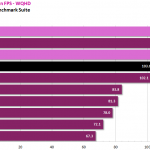
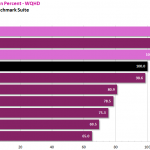
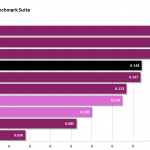
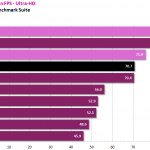
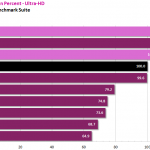
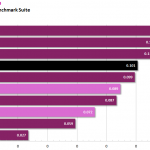



















Kommentieren